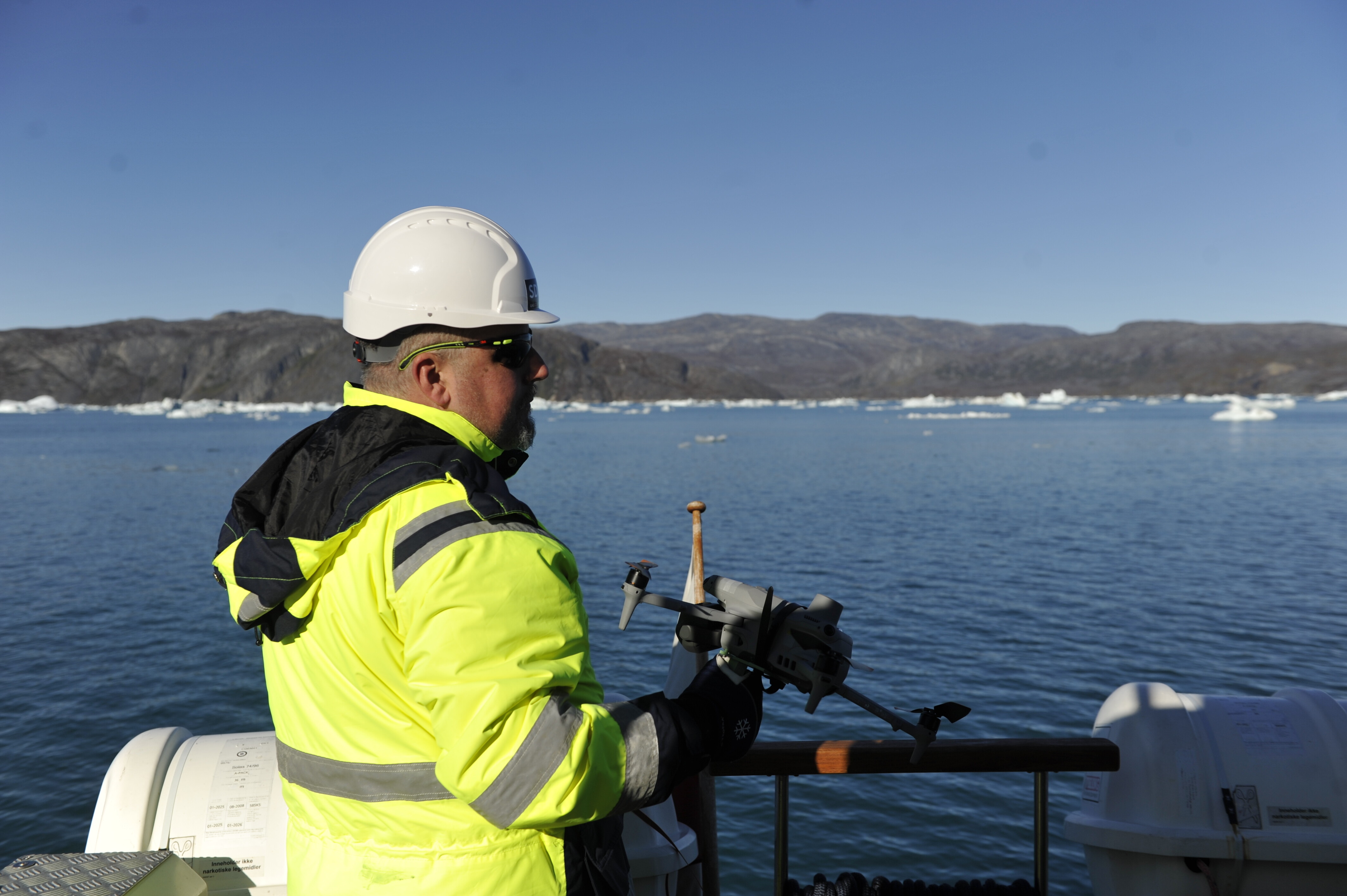Why drones are a growing nuclear security issue

From small commercial drones for express parcel delivery to military ones used to attack terrorist suspects, the past year has seen a proliferation in the use of all types of unmanned aerial vehicles. Yet the prospect of increasing numbers of drones filling the skies poses abundant security concerns for critical infrastructure – including for the nuclear industry.
Just last week, news media reported that in July a drone came within 6 metres of a plane landing at Heathrow airport in London. Last month, French authorities revealed that unidentified drones had breached restricted airspace over 13 of France’s 19 nuclear power plants between early October and late November. The drones are believed to have been sophisticated civilian devices costing several thousands of pounds, and the intrusions were seemingly coordinated and generally occurred at night.
Given that the majority of security measures at nuclear power plants were conceived before the advent of drone technology, the flights over French facilities have exposed nuclear plants’ lack of adequate defences against drones. This has left the French government – while outwardly reassuring the public that it has put in place ‘all means necessary to protect nuclear installations’ – scrambling to find adequate solutions.
Drones can pose a number of problems for nuclear facilities. Flyovers could be used for reconnaissance by hostile actors, for example in the collection of photos and video footage of guard movements and the site layout. This could help to prepare for a ground-based attack. Drones could also provide air support in the event of an actual ground-based attack: they could drop explosives to damage power or communications networks, or could deliver weapons to insiders within the plant. Drones could also be used to bomb spent-fuel pools, which are less well protected than reactor cores.
The flights have also exposed troubling vulnerabilities in attribution, detection and interception. Identifying the perpetrators has proved difficult thus far. Security experts appear stumped, and have offered up any number of potential culprits that include ‘hobbyists’, anti-nuclear groups, business competitors, terrorist organizations and nation states. French authorities have equipped specialized gendarmerie units with radio-goniometers that can trace radio signals’ origins, in an attempt to identify the drones’ operators. However, after more than two months the official French investigation has yet to yield any answers.
Equally worrying is the ease with which drones were able to penetrate restricted airspace. Most radar – including those used by nuclear plants – cannot detect small, low-flying drones; most of the drones measured less than 50 cm in width and flew several metres above the ground. The bigger drones involved, though up to 2 metres wide, were still likely just below the limit of radar-detection capabilities. In fact, the drone flyovers were only spotted by sharp-eyed facility guards. The French military has responded by deploying its Aladin radars – the only ones capable of detecting small objects – at nuclear plants. This is thought to have helped abate the flights in recent weeks.
Another concern is that the drone flights went on for almost two months without either the facility guards or the French air force managing to disable or capture any drones. French law forbids drones from flying over nuclear plants, but it has limited capacity to enforce this. The French authorities have recently given gendarmerie units permission to shoot drones down, but this requires a high level of marksmanship. Moreover, they are not permitted to fire in the direction of or above nuclear plants. Attempts to jam radio signals commanding the drones have revealed that this risks disrupting power plant operations. In addition, such tactics are ineffective on drones whose flight paths have been preprogrammed. The most successful tactic thus far appears to have been the use of helicopters to pursue encroaching drones (mostly likely in response to warnings from Aladin radar).
The flyovers have also exposed vulnerabilities on the ground. For example, spent-fuel pools are often unprotected or only protected by thin tin roofs. In the wake of the Fukushima disaster in Japan, the French nuclear regulator had called for ‘bunkerization’, or protection with concrete slabs for the pools. However, this has only been done in a few instances.
The lessons learned from the French government response are highly relevant to the UK – and other countries – as similar incidents are likely to occur elsewhere in the near future. Moreover, the prices of drones are falling and their capabilities increasing – meaning that the threat will only continue to grow. France has now tasked its National Research Agency with investigating additional options to improve detection and interception of drones and has announced that it plans to share its findings with other European countries.
Nuclear plant operators urgently need to adapt their security parameters and procedures to respond to the uptake of drone technology in the civilian population. This will require stronger measures to protect the airspace above nuclear plants as well as on the ground. The spread of drone technology demands increased vigilance at nuclear facilities, and planners must factor new technologies and their applications into nuclear security and safety provisions.
This article is published in collaboration with Chatham House. Publication does not imply endorsement of views by the World Economic Forum.
To keep up with Forum:Agenda subscribe to our weekly newsletter.
Author: Caroline Baylon is the Research Associate in Science, Technology, and Cyber Security in the International Security Department at Chatham House, where she specializes in cyber security, internet governance, and the science and technology aspects of international security.
Image: A flock of pigeons flies with a prototype “parcelcopter” of German postal and logistics group Deutsche Post DHL in Bonn December 9, 2013. REUTERS.
Don't miss any update on this topic
Create a free account and access your personalized content collection with our latest publications and analyses.
License and Republishing
World Economic Forum articles may be republished in accordance with the Creative Commons Attribution-NonCommercial-NoDerivatives 4.0 International Public License, and in accordance with our Terms of Use.
The views expressed in this article are those of the author alone and not the World Economic Forum.
Stay up to date:
Emerging Technologies
Forum Stories newsletter
Bringing you weekly curated insights and analysis on the global issues that matter.
More on Emerging TechnologiesSee all
Benjamin Wiener
November 19, 2025





